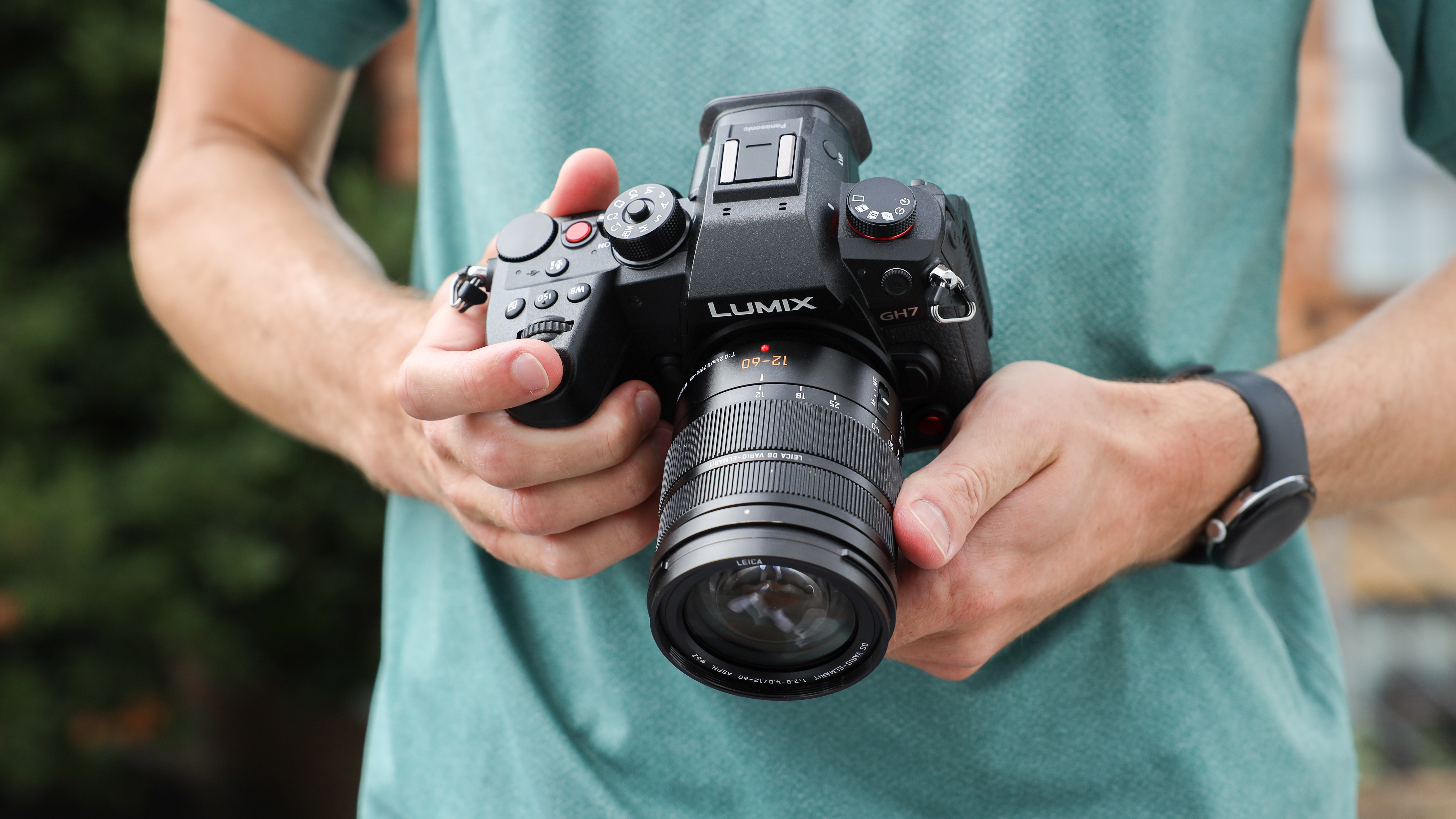
For many people, when they think of Panasonic cameras, the GH line might well be the first model that pops into their heads. The GH lineup of hybrid cameras has long been renowned for its video pedigree, with the Lumix GH6 especially being a fan-favorite for independent filmmakers.
However, despite the GH6's brilliance, there was one glaring omission – phase detect autofocus. The GH6 was released just a few months prior to the Lumix S5 II, which debuted Panasonic's modern autofocus system and finally brought Lumix AF into competition with the likes of Sony and Canon. But this left many observers (me), and potential buyers, wondering why Panasonic didn't delay the GH6 release to include this feature.
Panasonic is finally on course to correct this misstep with the GH7, which features a brand new sensor, processing engine – and yes, phase-detect autofocus. With the GH6 basically getting everything else right though, then surely this is an open goal for Panasonic? Let's find out.
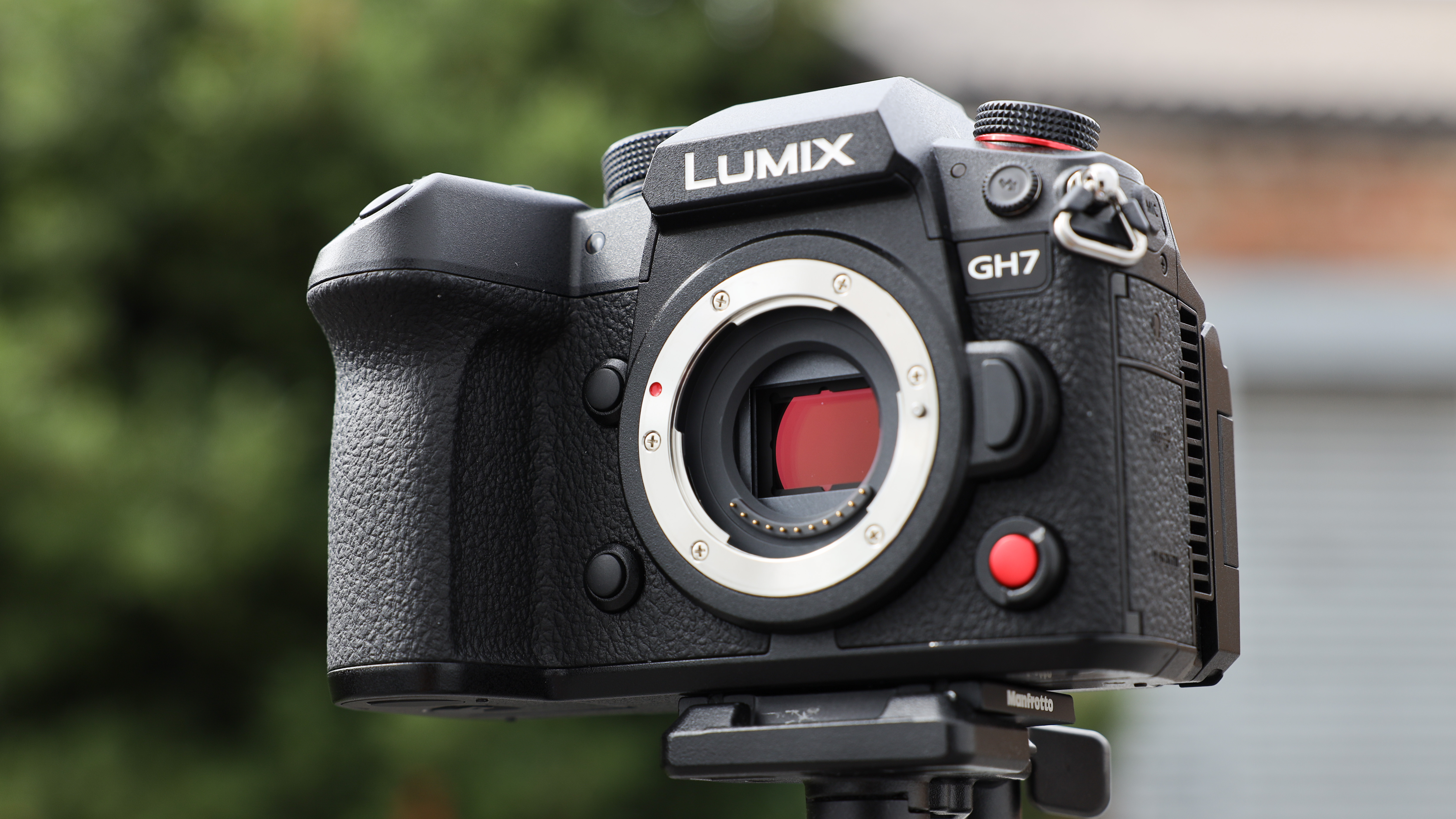
Panasonic Lumix GH7: Specifications
Panasonic Lumix GH7: Price
The Panasonic Lumix GH7 costs $2,199 / £1,999 / AU$3,899 for body-only at launch. However, there is also the option to bundle in a Leica DG Vario-Elmarit 12-60mm f/2.8-4 lens for $2,799 / £2,499 / AU$4,899.
Launching for the same price as the GH6 there isn't too much to be surprised by here. I expected perhaps the price rise due to global inflation, but Panasonic has historically been quite aggressive in pricing its cameras.
Panasonic Lumix GH7: Design & Handling
If you don’t spot the insignia, you might not even notice this is a new model. The Panasonic Lumix GH7 recycles the previous model's design, although there is nothing wrong with that, as the GH6 made some strides with robust and ergonomic design.
I’ll be honest, Panasonic’s GH cameras are not my favorite for their style, I find them unexciting to look at, but it doesn’t take away from the fact that the camera's ergonomics are really well-thought-out. The layout of buttons and dials is intuitive, there is a button for practically every setting I could think of changing, which meant I didn’t have to go diving into the menu every few minutes. Although thankfully when you do, Panasonic's user interface is one of the most user-friendly and accessible to both novices and experienced photographers.
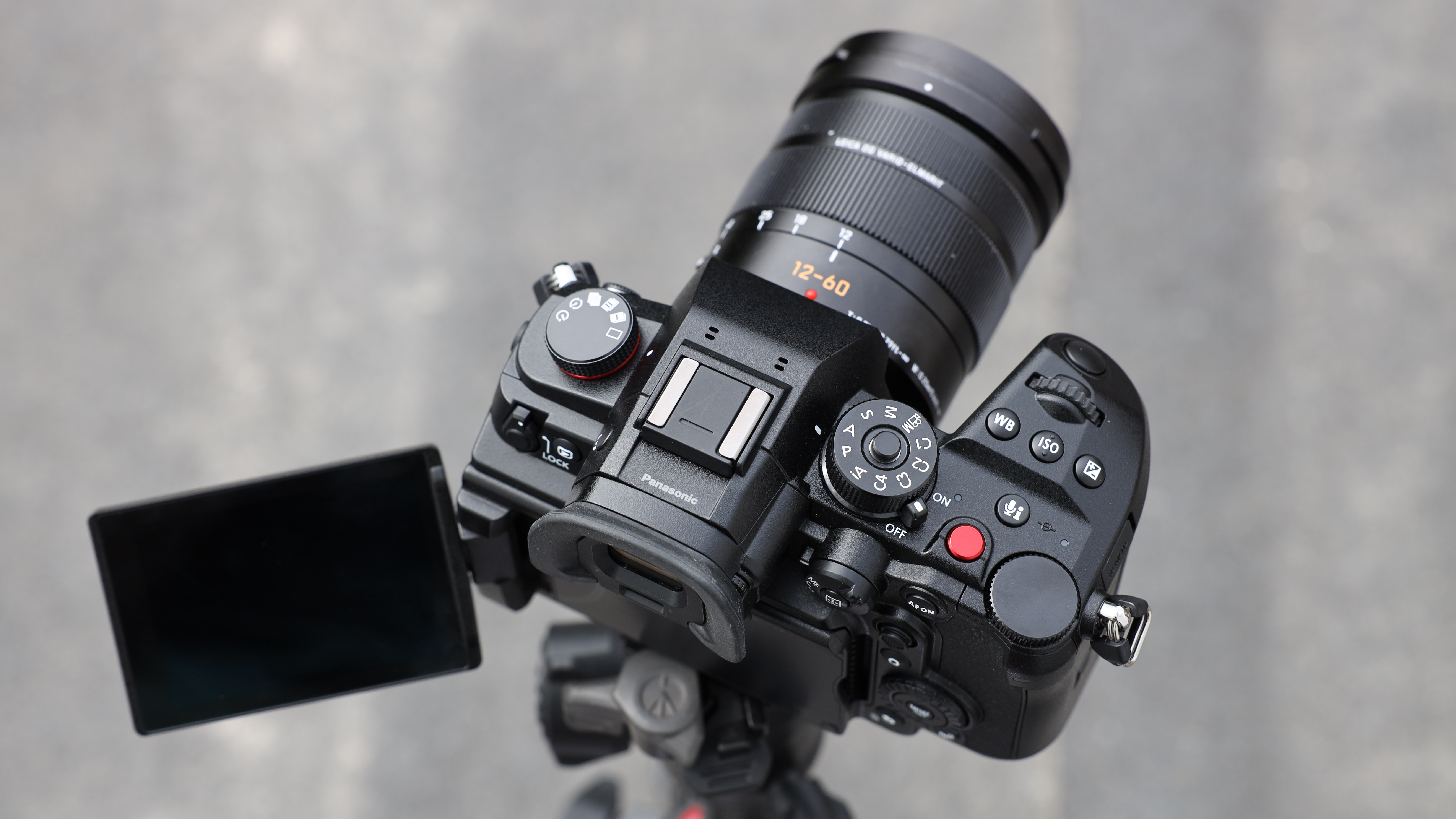
Despite its MFT sensor, the GH7 is not a small camera, it feels much more like a DSLR than a mirrorless camera, but with an internal fan enabling some incredible internal recording options, as well as a rotating screen and an EVF, there is a lot to squeeze in. Saying that, the camera is easy enough to carry around, and I found the grip very comfortable to use in my prolonged shooting sessions as I marched around London shooting content.
The GH7 is also not too heavy, although it does weigh a few more grams than the full-frame Lumix S5 II. The camera's body is constructed from durable magnesium alloy, and weather sealing ensures it can withstand use in various environments where dust and moisture can creep in, which is reassuring as I stare into the big vents for the rear fan.
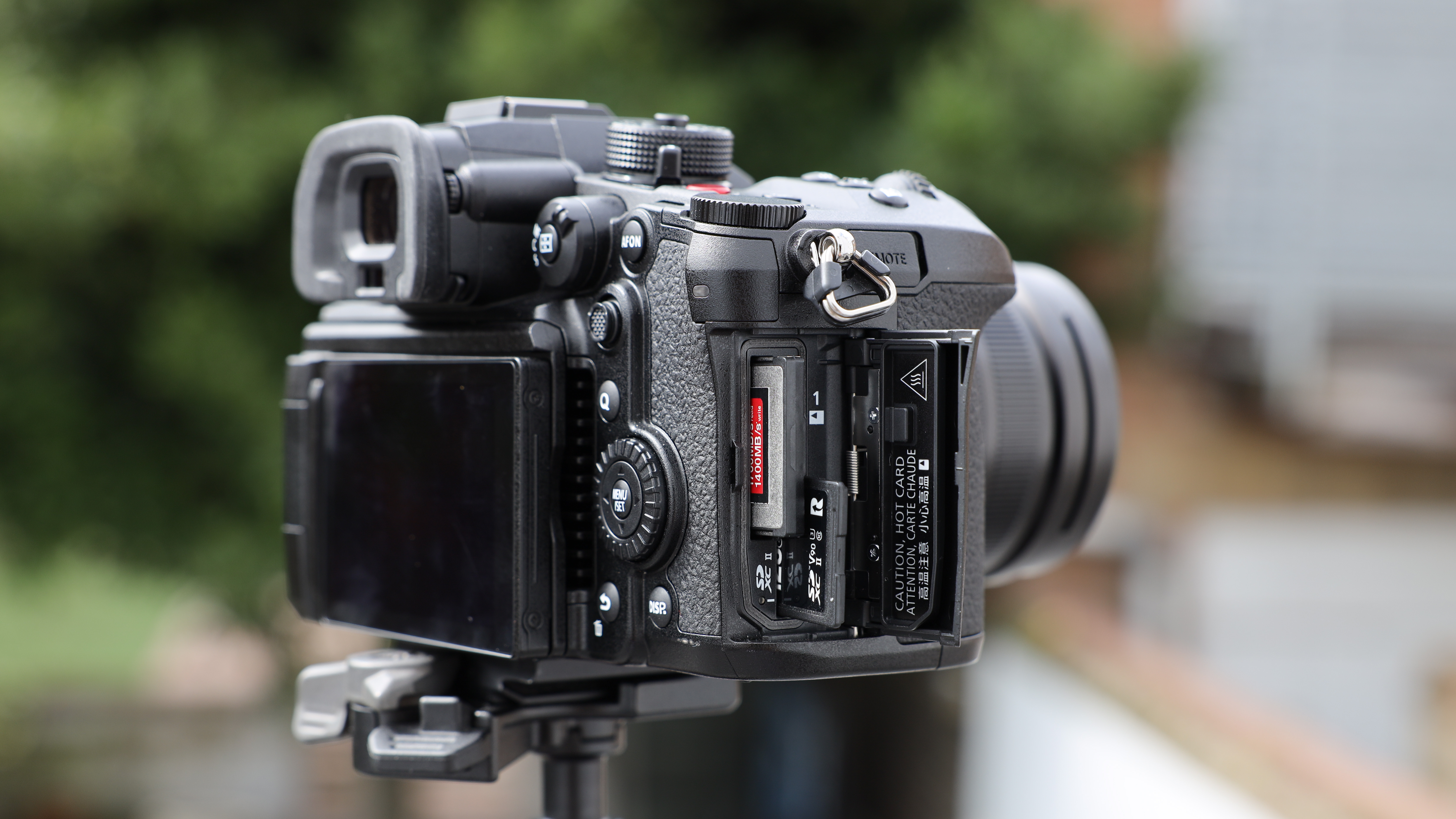
Whilst the GH7 might be marketed towards video makers, the electronic viewfinder (EVF) is another highlight of the GH7 versus similar video-centric cameras you might be considering (like the Sony FX series). If you are just as serious about video as you are about your photography, then this is one of the best hybrid cameras you can get, and I would say this is a better choice over the Lumix G9 II.
The EVF has a resolution of 3.68 million dots with a quick refresh rate and provides a sharp and clear view of the scene. It's not the best EVF I have used, but I found it perfectly pleasant to shoot through. Also as mentioned, the GH7's design includes a 3.2-inch articulating touchscreen which is pretty much essential for shooting video without an on-camera monitor. This display is bright and sharp and is easy to compose on, and the touchscreen also supports touch-to-focus and touch shutter.

Connectivity options in the GH7 are comprehensive, built-in Wi-Fi and Bluetooth allow for easy sharing of images and remote control through the Panasonic Lumix Lab app, where you can also load LUTs onto the camera (more of that later). There are also ports for USB-C accessories, a full-size HDMI port for connecting to monitors, and a headphones and microphone jack.
The GH7 also features dual card slots, with one SDXC slot and one CFExpress Type-B card slot. You can delve into the menus for a range of options for recording to each card simultaneously, in sequence, or use one as a backup. The GH7 also can record directly to an external SSD if that is your preferred setup.

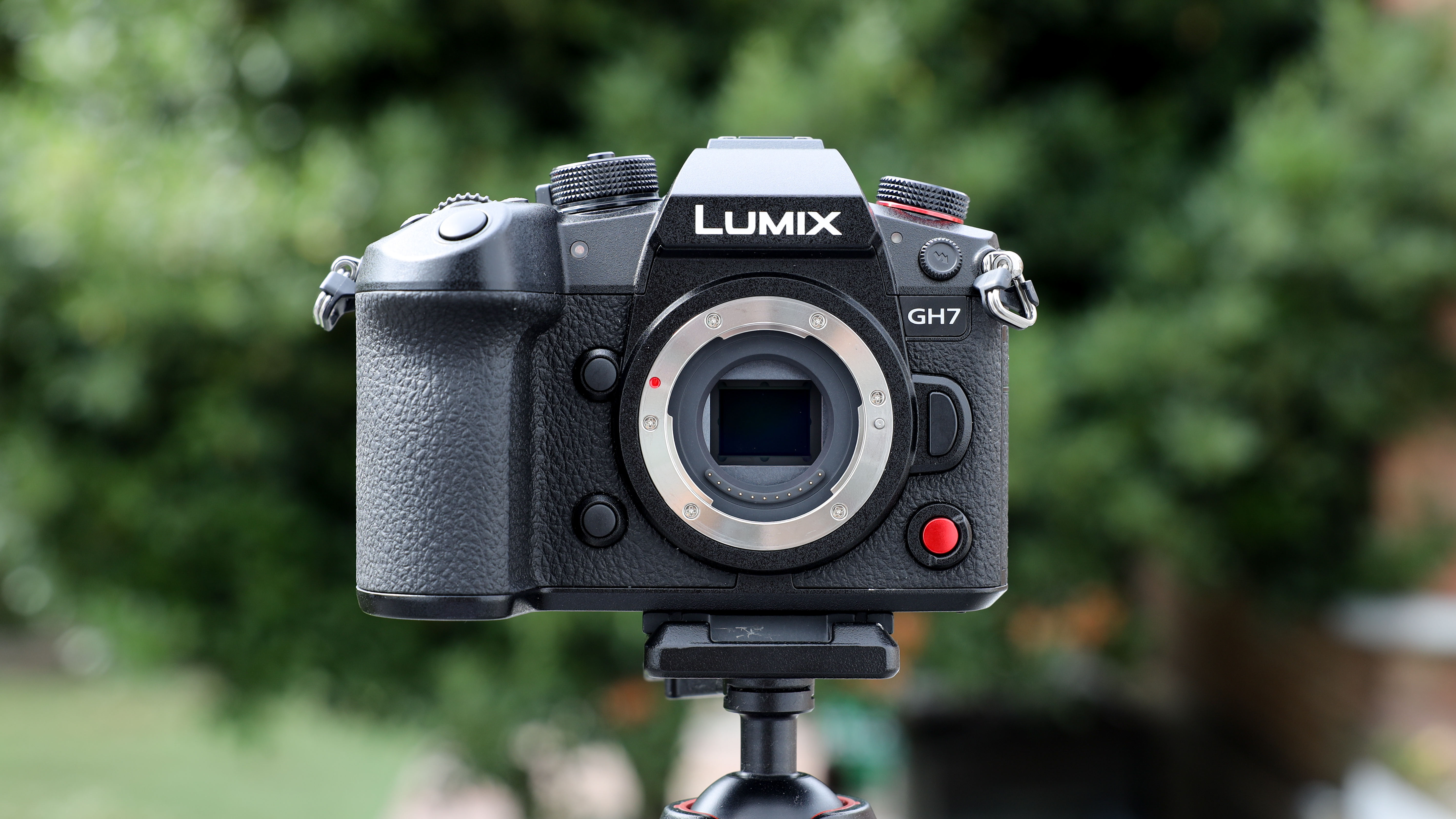
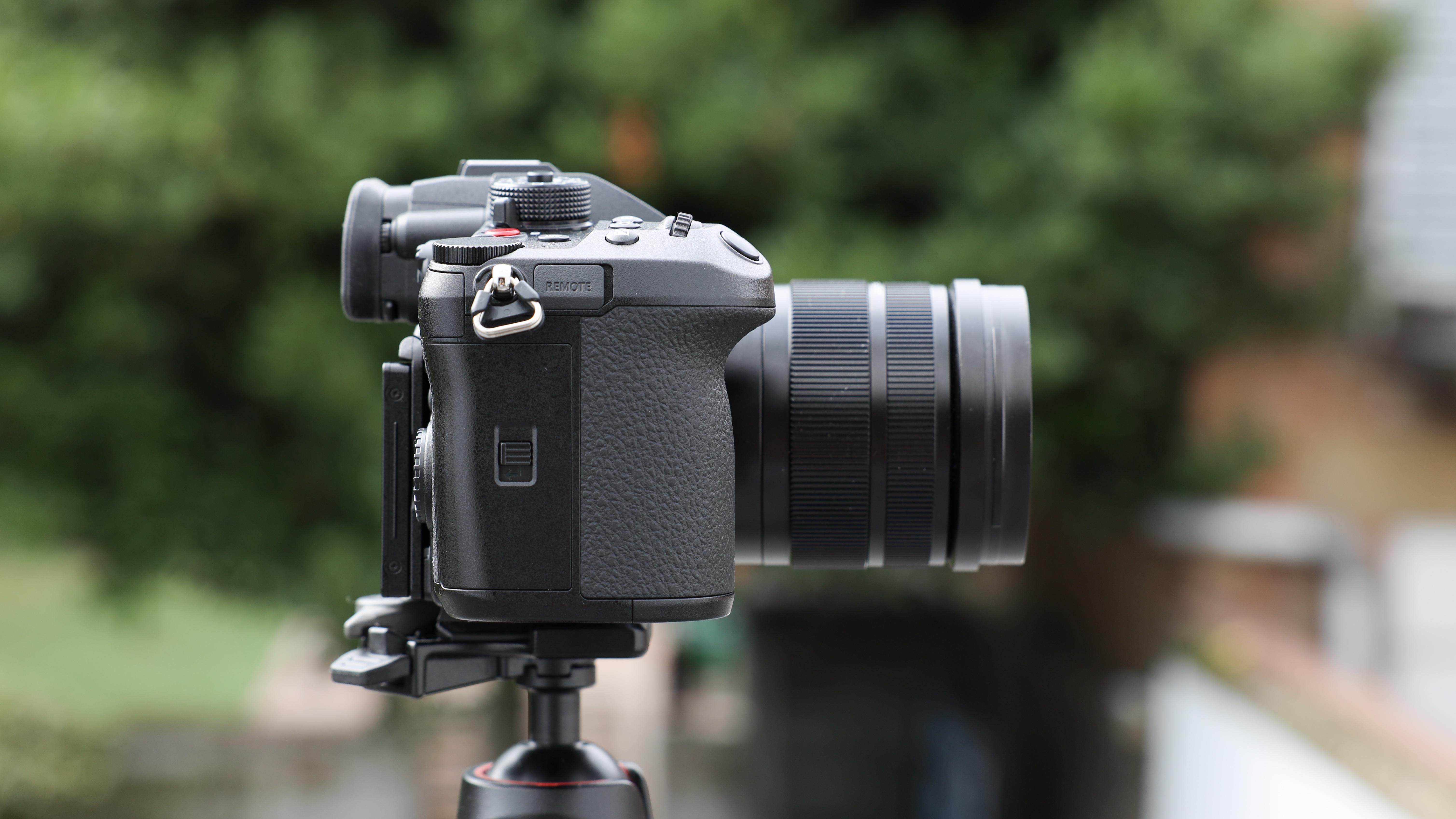
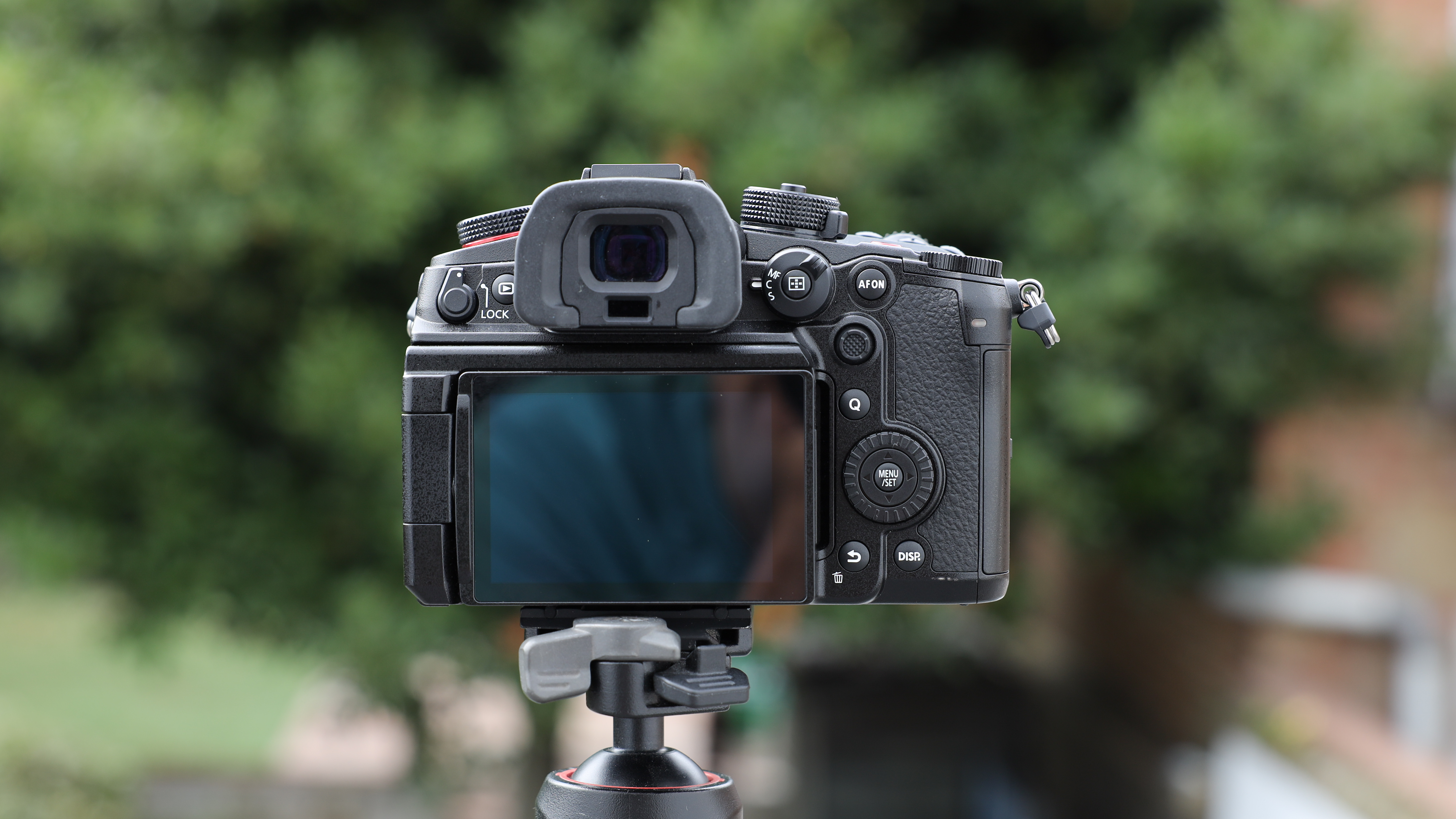
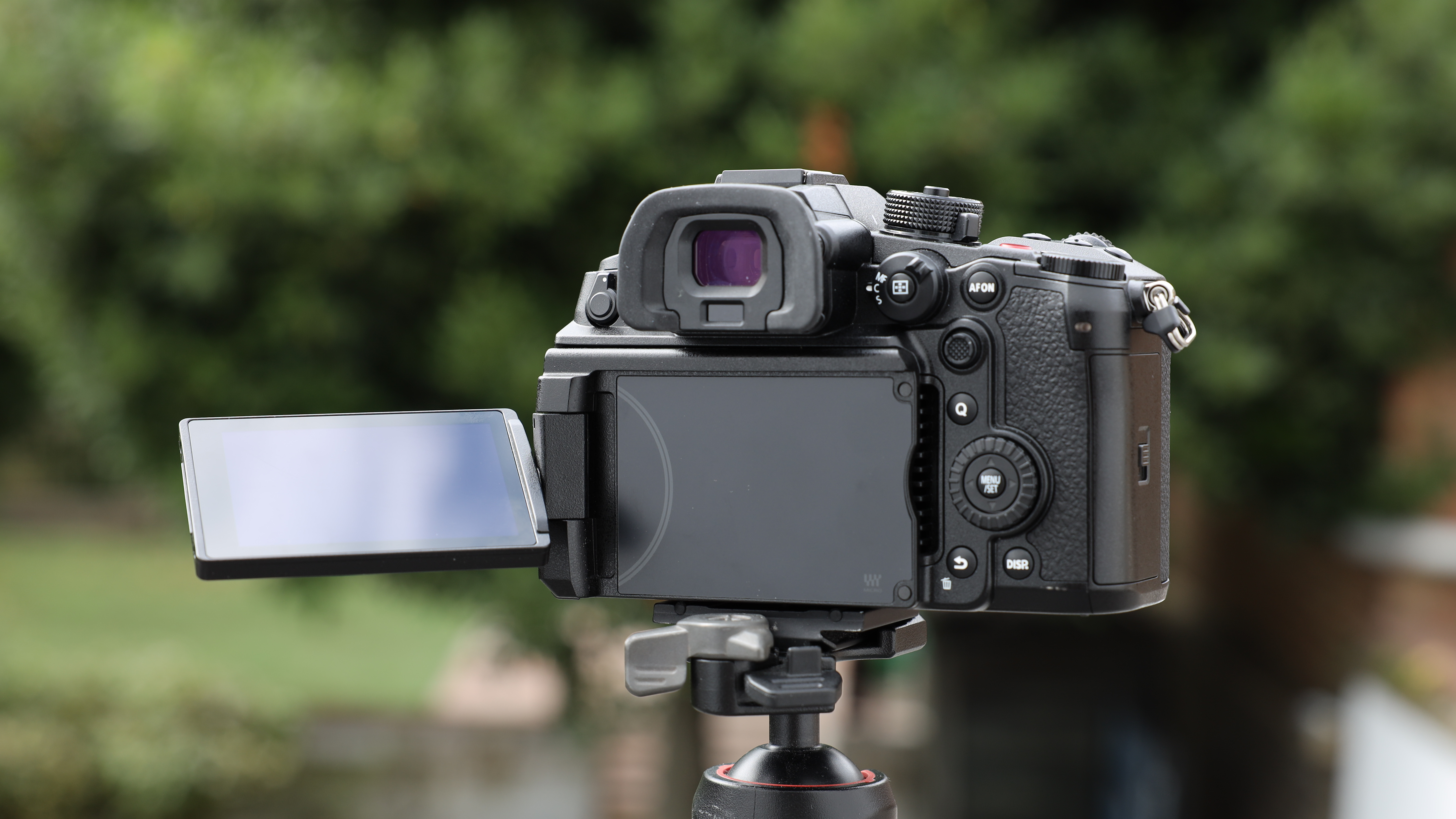
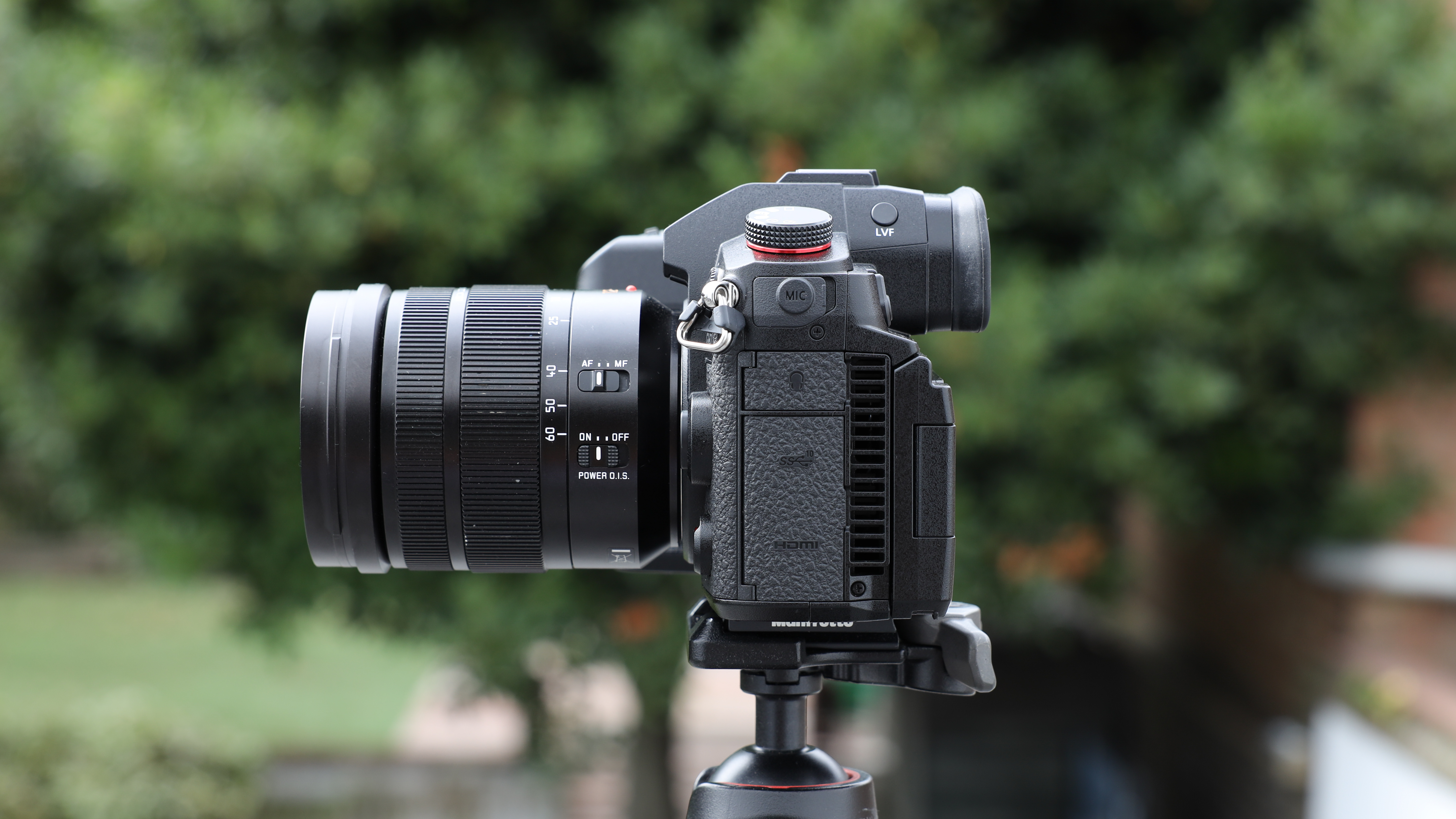
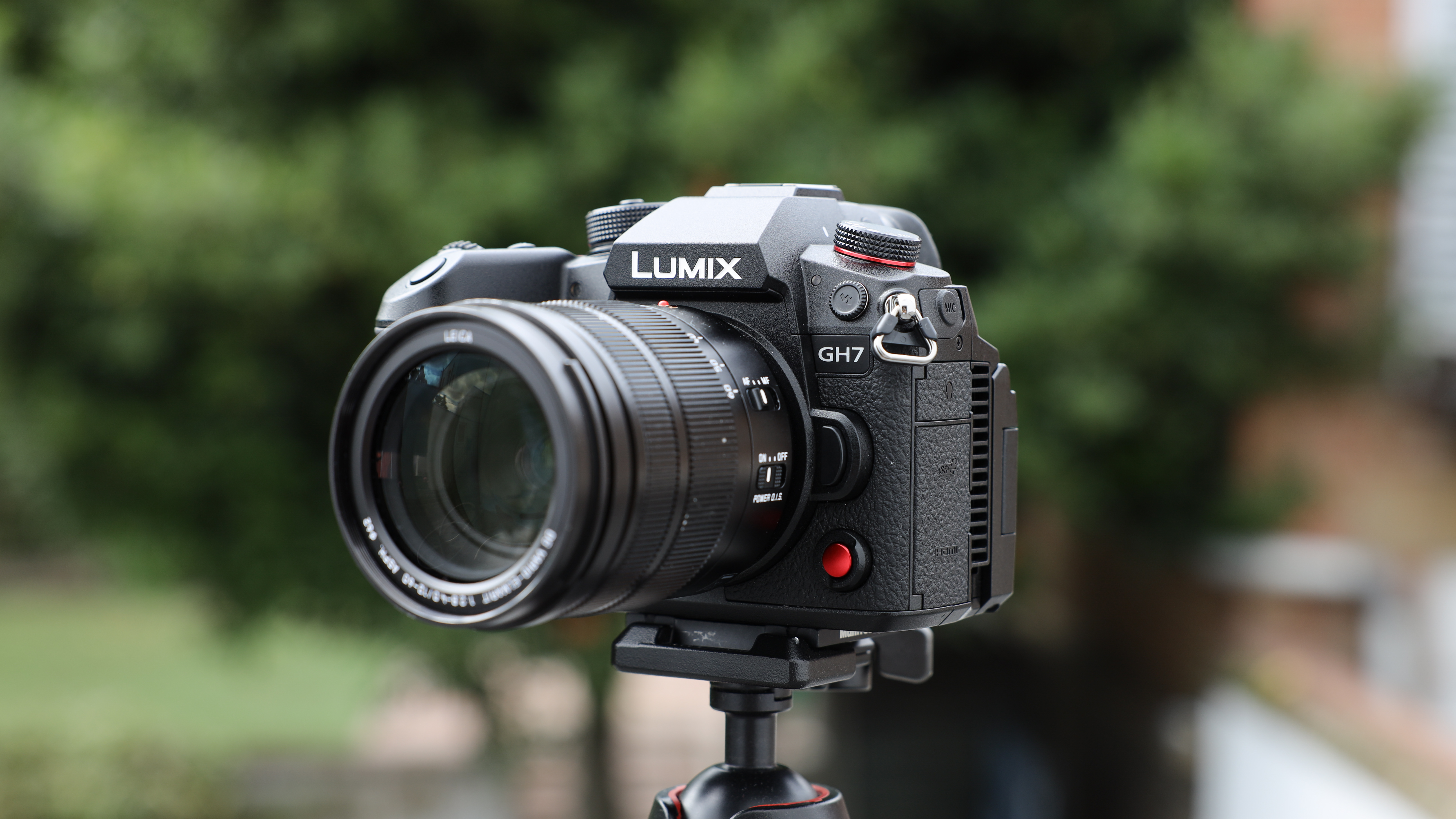
Panasonic Lumix GH7: Performance
At the heart of the GH7 is a new 25.2-megapixel Live MOS sensor and an enhanced Venus Engine processor. Compared to its predecessor, this processor boosts overall performance, enabling faster processing speeds and improved noise reduction, but the big talking point here is the GH7 finally getting upgraded to Panasonic’s latest phase detect autofocus (PDAF).
The autofocus system in the GH7 is now a hybrid AF, which employs a combination of phase detection, contrast-detection (CDAF), and depth-from-defocus (DFD) technology – which are a lot of buzzwords to say that is much faster and more precise than ever before. The autofocus still is quite a way from knocking Canon or Sony off the podium in the autofocus race (seriously, Canon’s latest AF is mindblowing), but it's a huge leap forward for Panasonic cameras.
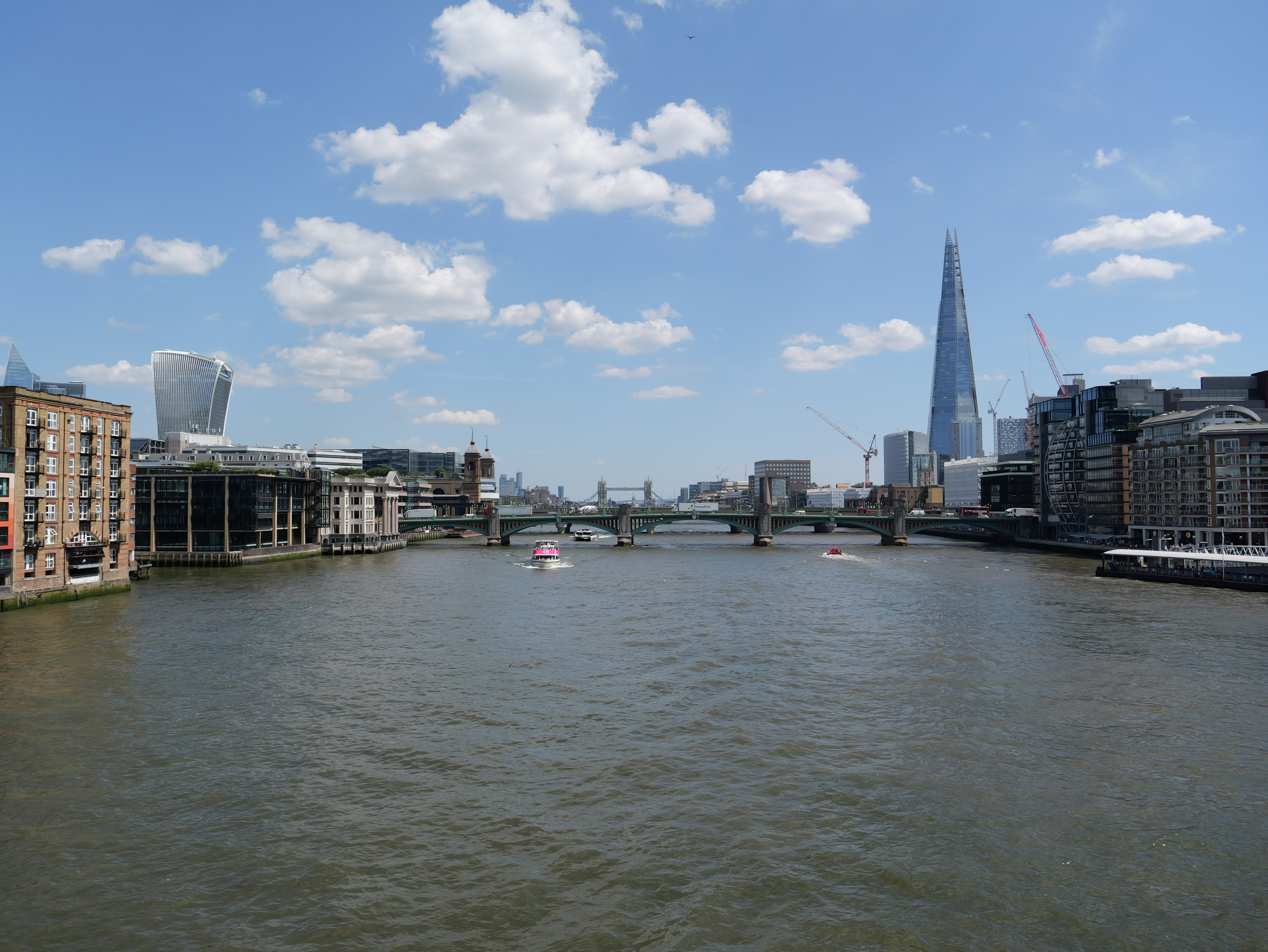

The improved face and eye detection is particularly useful for filming human subjects with the tracking being much more accurate and sticky ensuring that subjects are always in sharp focus. The AF system also does so much better at reliably tracking subjects in complex scenes with multiple moving elements. There is also now support for the tracking of animals, cars, motorcycles, trains, and airplanes.

The GH7 also features in-body image stabilization (IBIS), which provides up to 6.5 stops of stabilization when used with Panasonic’s combination Dual I.S. which combines optical stabilization in the lens and sensor-based stabilization.
I have consistently rated Panasonic’s stabilization as the best in the industry, and it is still true here. The camera also has a few additional options for video IBIS, with modes especially suited to panning, static, or shots with heavy unpredictable movement. I found the panning and static modes to be a huge help, although heavy movement did still produce some jello-like effects on the footage, despite the heavy crop, although it is the most gimbal-like IBIS I have used to date.
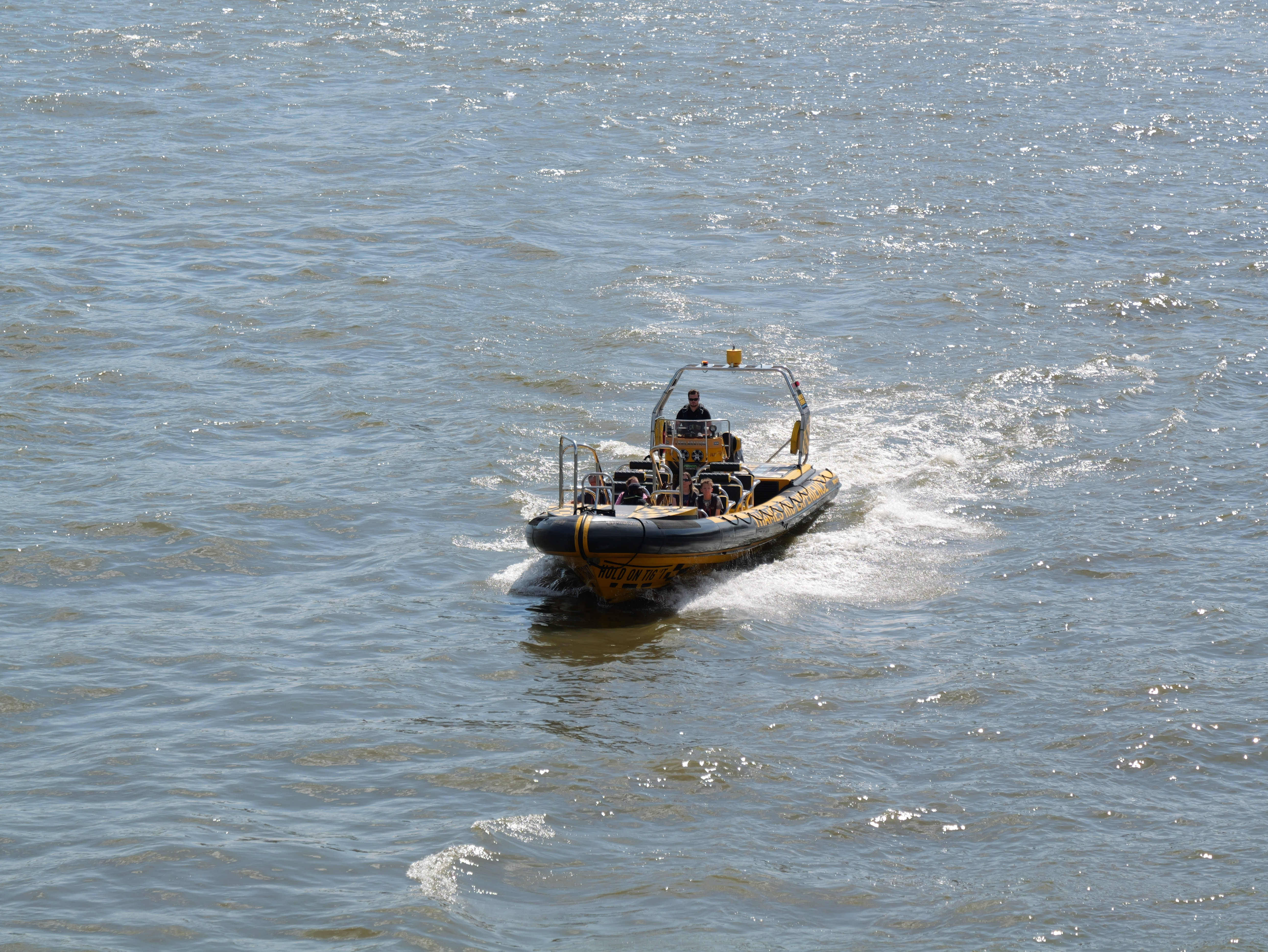
Battery life is not a weak point, but it's just not as fantastic as the rest of the camera, offering respectable but middling performance. Your results will very much depend on how you use the camera, as high-intensity video modes using the screen and other connected devices will drain the tank much faster than just shooting stills using the EVF. But I have squeezed more battery out of many similar-sized cameras. But if you are going to need a lot of battery power, an optional battery grip is available which doubles the battery life.

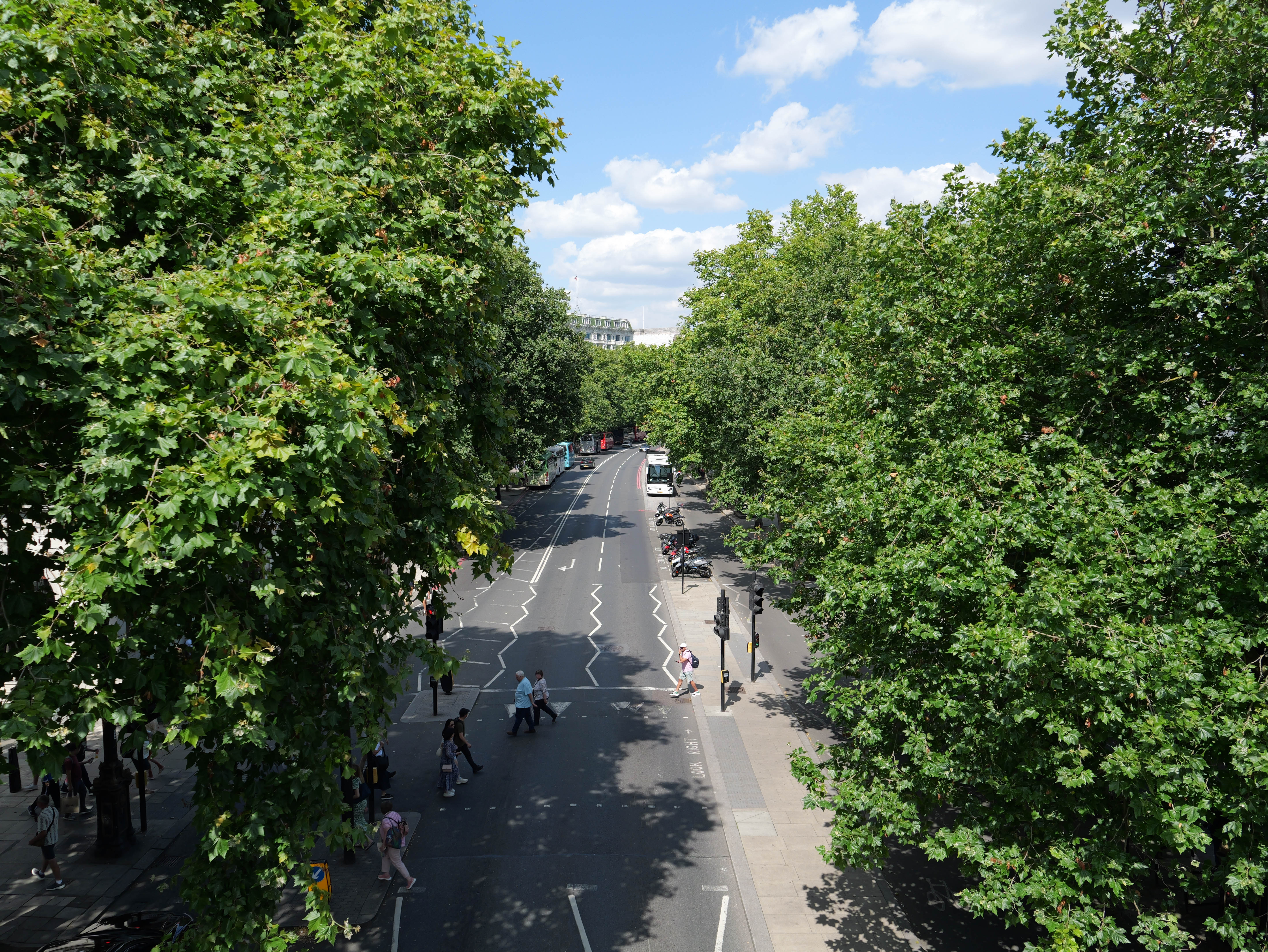
Video performance
The GH7 is first and foremost a video machine, so unsurprisingly, video performance is where the GH7 truly shines. The GH7 has a frankly ridiculous amount of video options. At the top end, the camera can record in ProRes RAW HQ at 5.7K 30p or 4K 60p, there is also open-gate 10-bit 4:2:0 recording in 5.8K 30p or 5.7K 60p, C4K 120p 10-bit 4:2:0, C4K 60p 10-bit 4:2:2, and 240p in full HD. If it's a format and frame rate that is possible, then it is probably on the GH7.
Even more impressive is that GH7 can record for an unlimited time, (or at least until your CFExpress/SSD is full). This is all made possible by the inclusion of the fan in the rear of the GH7 that works tirelessly to expel the heat created. At no point in my testing did the camera get too hot and have to stop recording, and the fan noise is not troublesome whatsoever for those concerned about their audio.
The 4K footage produced straight out of the camera is crisp and detailed, with rich colors and excellent dynamic range. Although the GH7 benefits from internal LUTs which can be added to the camera via the Lumix Lab app, and makes it easier than ever to get color-graded footage ready for social media instantly. I love shooting but detest editing, so anything to take some of the work out I really appreciate and I can see every manufacturer following Panasonic’s lead on this.
If you still prefer to get full creative control in the editing suite, then ProRes RAW or 10-bit 4:2:2 internal recording offers significant advantages in post-production, and the inclusion of V-Log further enhances the dynamic range which is outstanding for this camera. The GH7 has an additional mode for HDR recording and supports Hybrid Log Gamma (HLG) for wider compatibility. There is also an anamorphic mode that supports cinematic anamorphic desqueezing in a range of magnifications.
As well as the built-in stereo microphone, 3.5mm microphone input, and headphone jack, the GH7 also has new audio capabilities with an optional XLR microphone adapter allowing recording of 32-bit floating audio tracks (I did not have this mic for testing with the GH7). The GH7 does allow for quick and easy audio monitoring, with a dedicated button for quickly jumping into audio settings.
Photo performance
When it comes to photos, the Panasonic Lumix GH7 excels. I discussed earlier how much I think this camera should not be pigeonholed as just for filmmakers, and it offers a hybrid camera experience that is every bit as good as the Lumix G9 II. With the same sensor and lens options, the GH7 can shoot the same 14 fps with the mechanical shutter and up to 75 fps with the electronic shutter. There isn’t much to separate the two when it comes to stills except price.
The camera produces images with excellent detail and vibrant colors, but the dynamic range is especially impressive given the supposed limits of the smaller Micro Four Thirds sensor size.
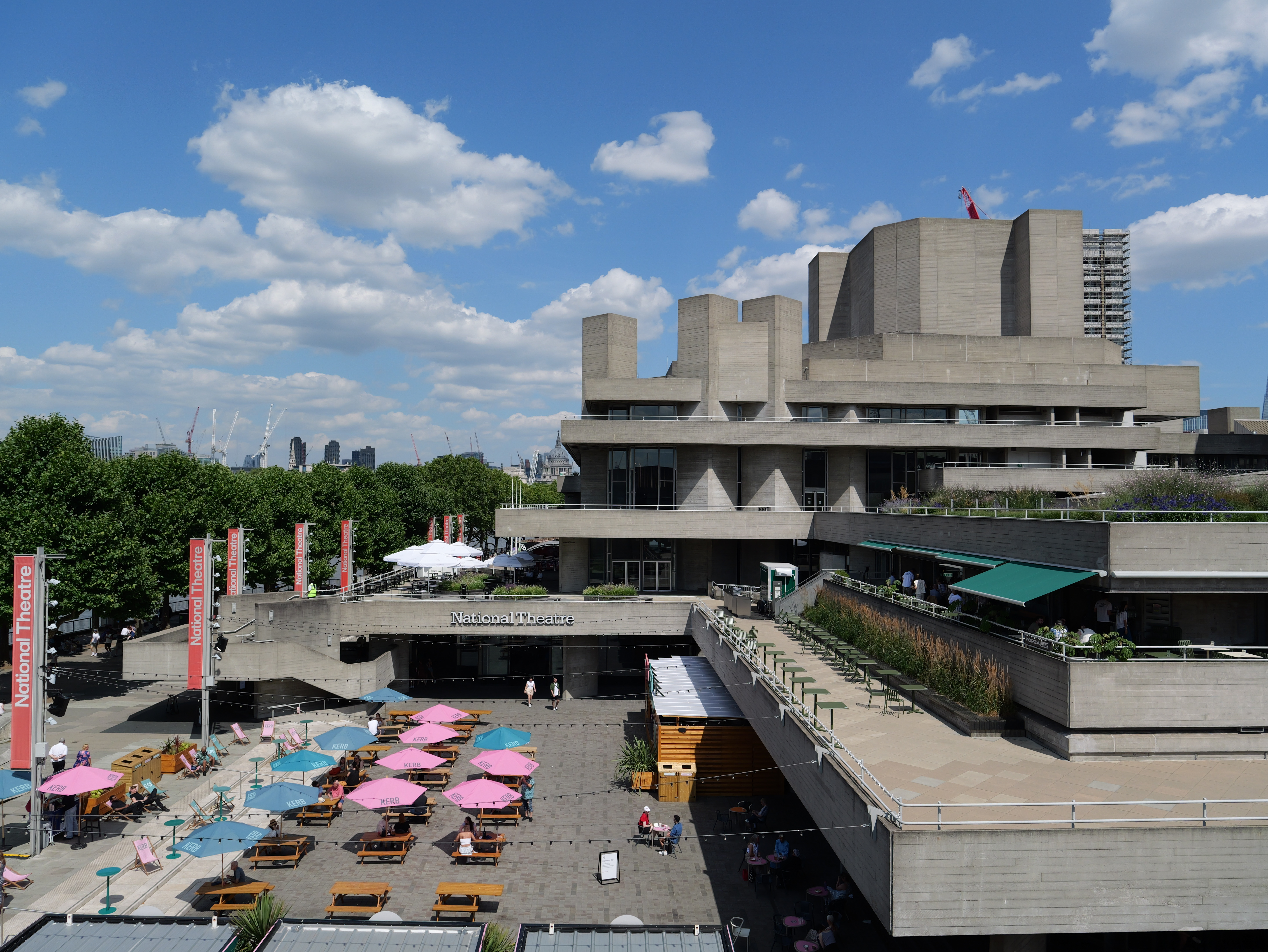
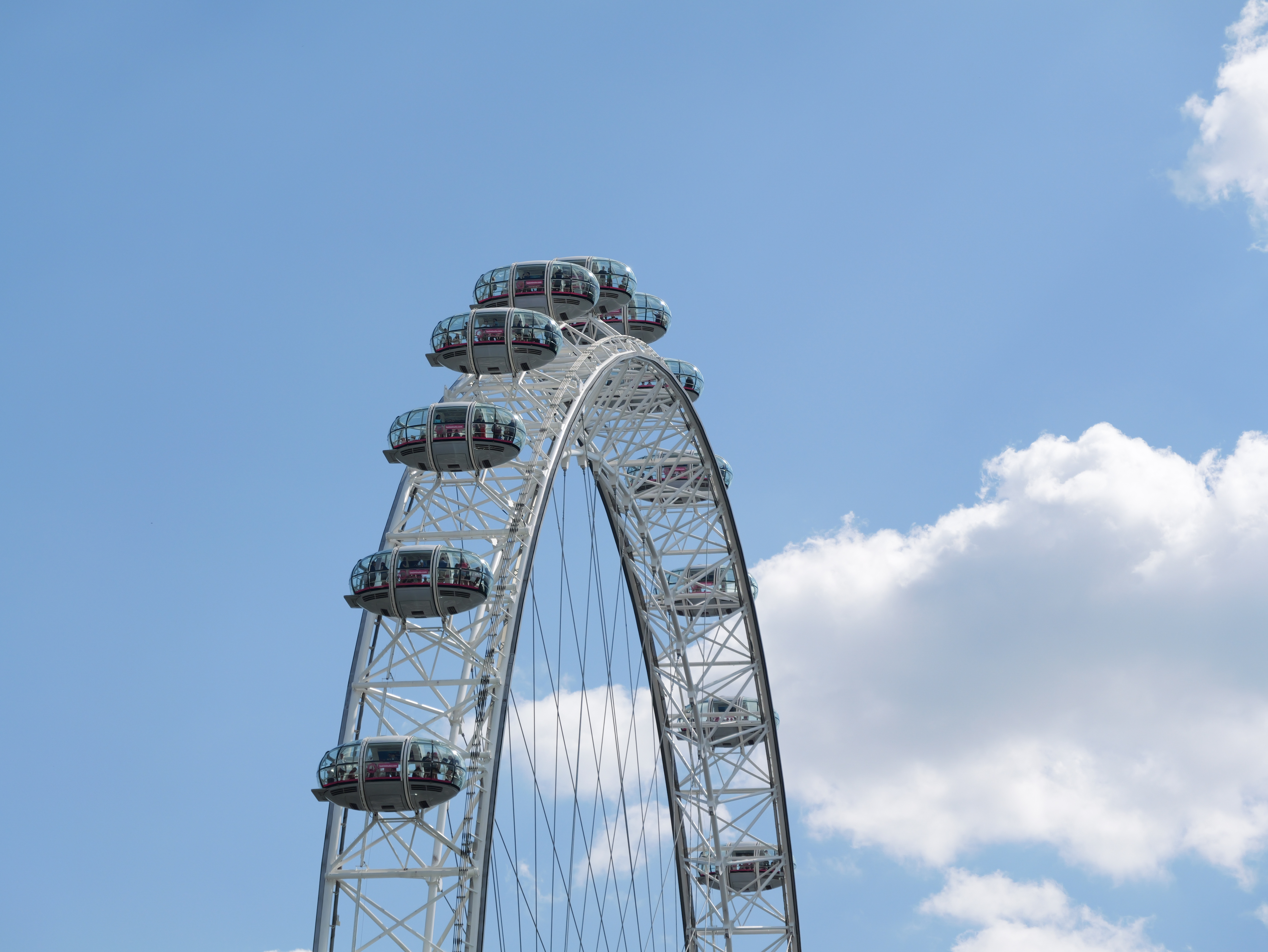
Low light performance is good, the camera has a native ISO range of 100-25600, and I didn’t find noise bothersome until around the 8000+ ISO range.
A hallmark of Panasonic cameras, the GH7 also supports high-resolution photo mode, which allows you to shoot and combine multiple exposures into a megapixel-packed ultra-high-resolution image. The camera's stabilization system ensures that the exposures are precisely aligned. Yes, lots of cameras do a pixel shift mode, but Panasonic is the only manufacturer that can do it directly in camera. This mode works wonderfully and is ideal for landscape and architectural photography, where capturing fine details is essential.
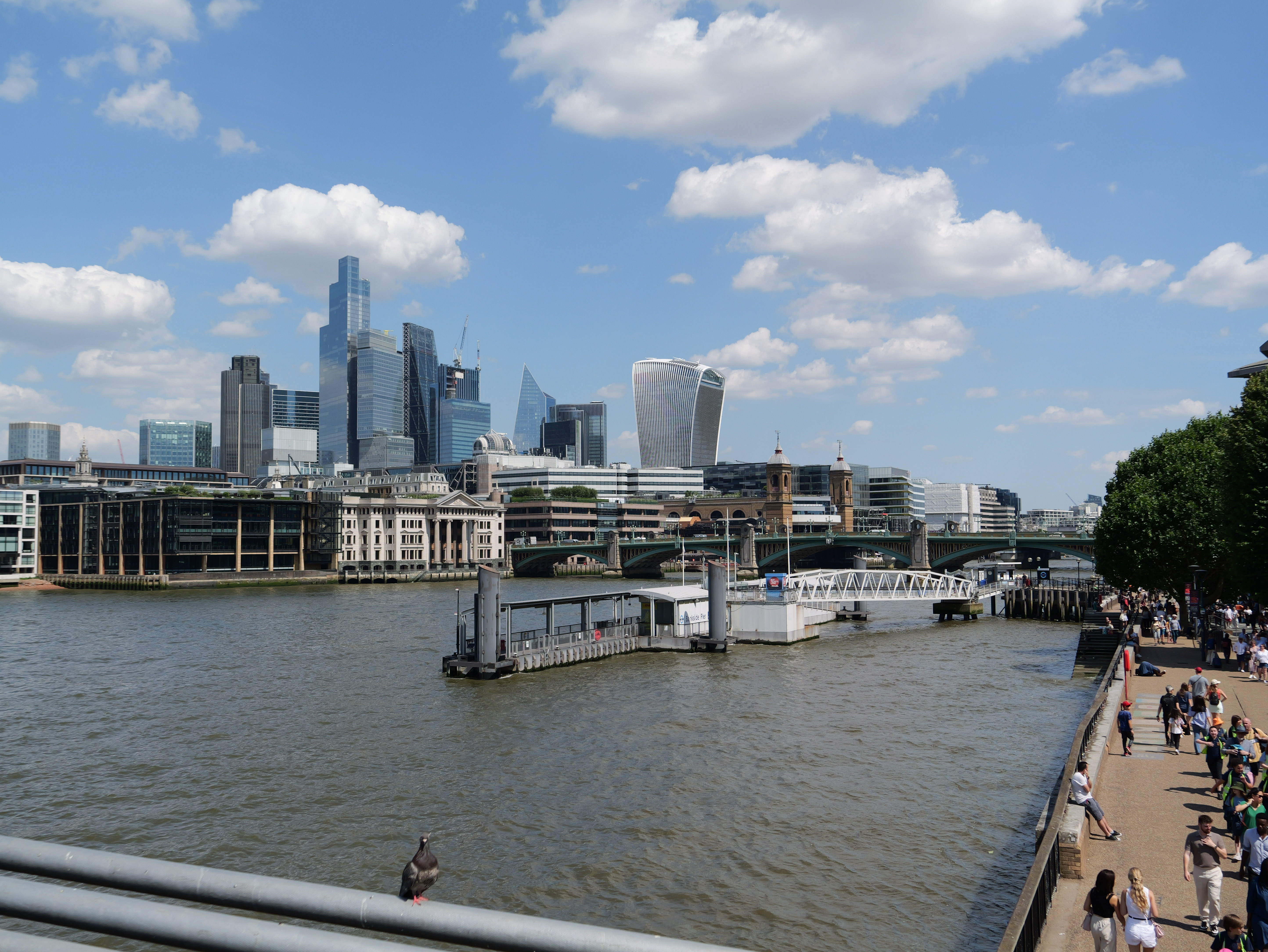

Panasonic Lumix GH7: Lab Results
For our lab data comparison we compared the Panasonic Lumix GH7 to other video-focussed cameras: the APS-C Fujifilm X-S20 and Sony ZV-E1, as well as Panasonic's own Lumix S5 IIX, which despite being a full-frame camera, currently costs less than the GH7.
Resolution (line widths/picture height):
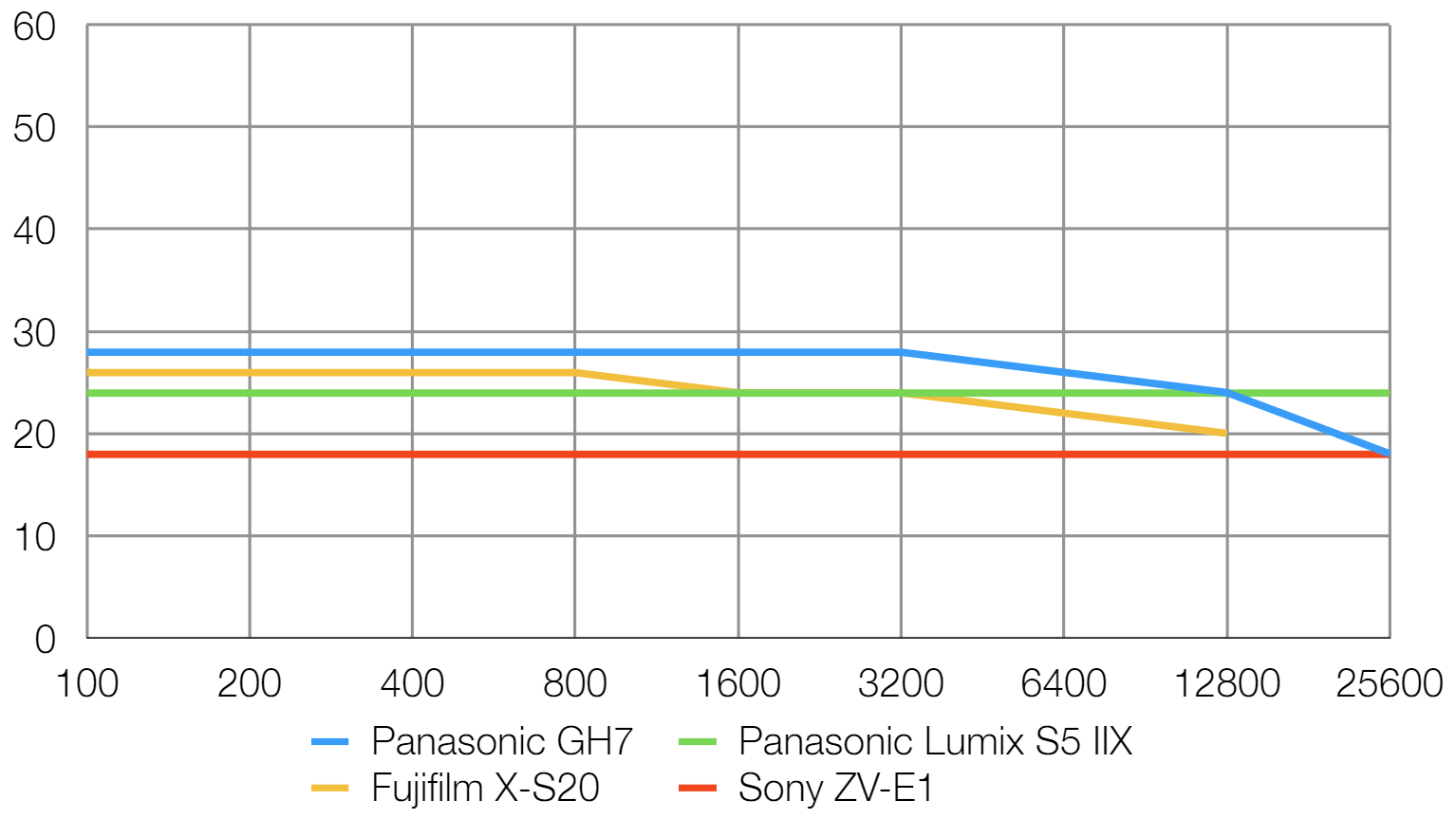
Proof that size doesn't always matter: despite having the smallest sensor of the group, the 25MP GH7 actually manages to resolve slightly more fine detail than the 26MP X-S20, and it out-performs the full-frame S5 IIx. Naturally, with only 12.2MP on tap, the ZV-E1 was never going to come out on top in this test.
Dynamic range (EV):
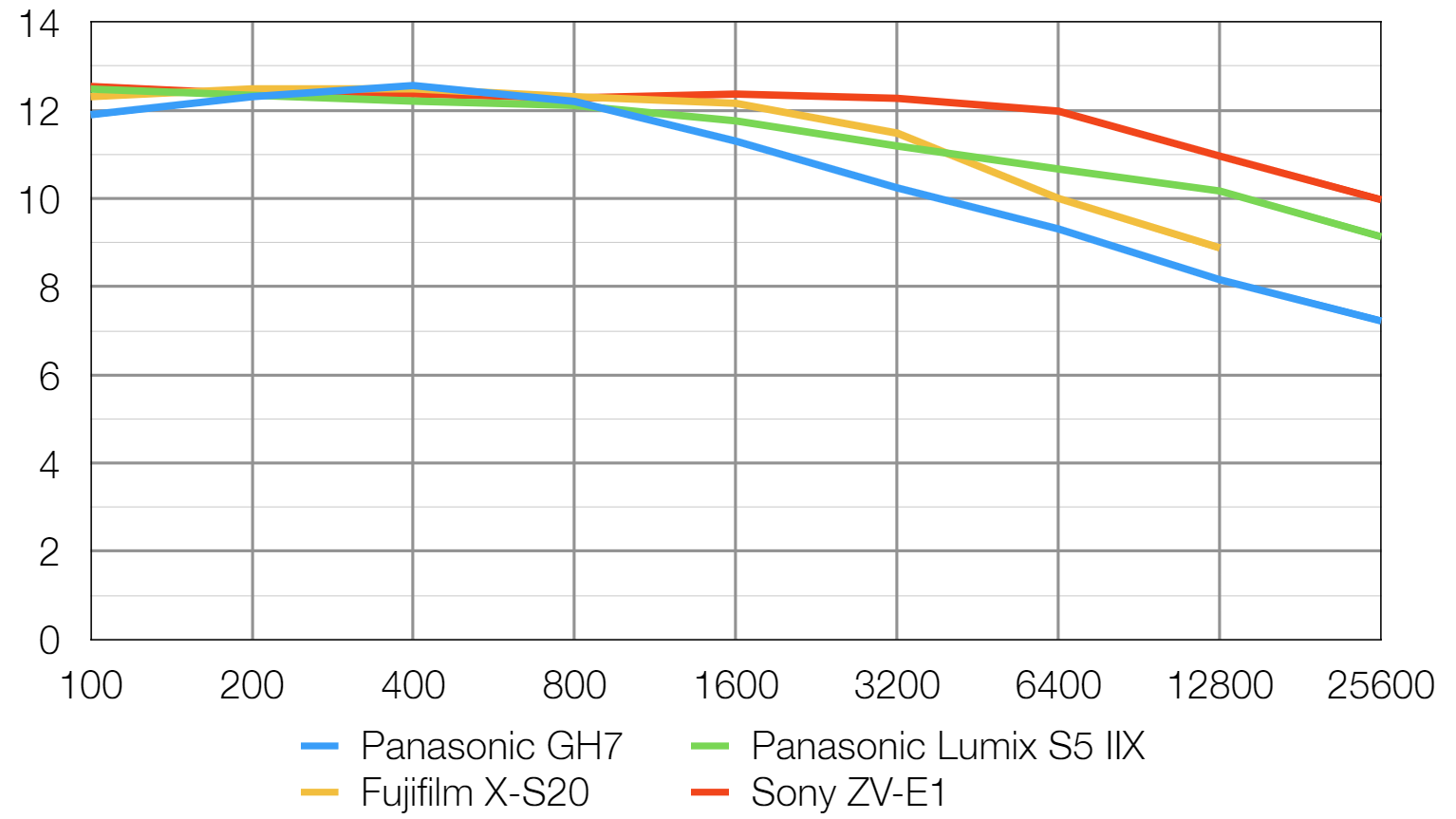
Dynamic range is a measure of a camera's ability to record extreme brightness ranges and still retain detail in the brightest and darkest parts of the scene. It's measured in EV (exposure values, or 'stops').
The GH7 puts in an excellent performance at lower sensitivities. However at ISO 1600 its combination of small sensor and relatively high megapixel count work against it, and at higher ISOs its dynamic range is noticeably more restricted than that from the S5 IIx, and especially the ZV-E1.
Signal to noise ratio (decibels):
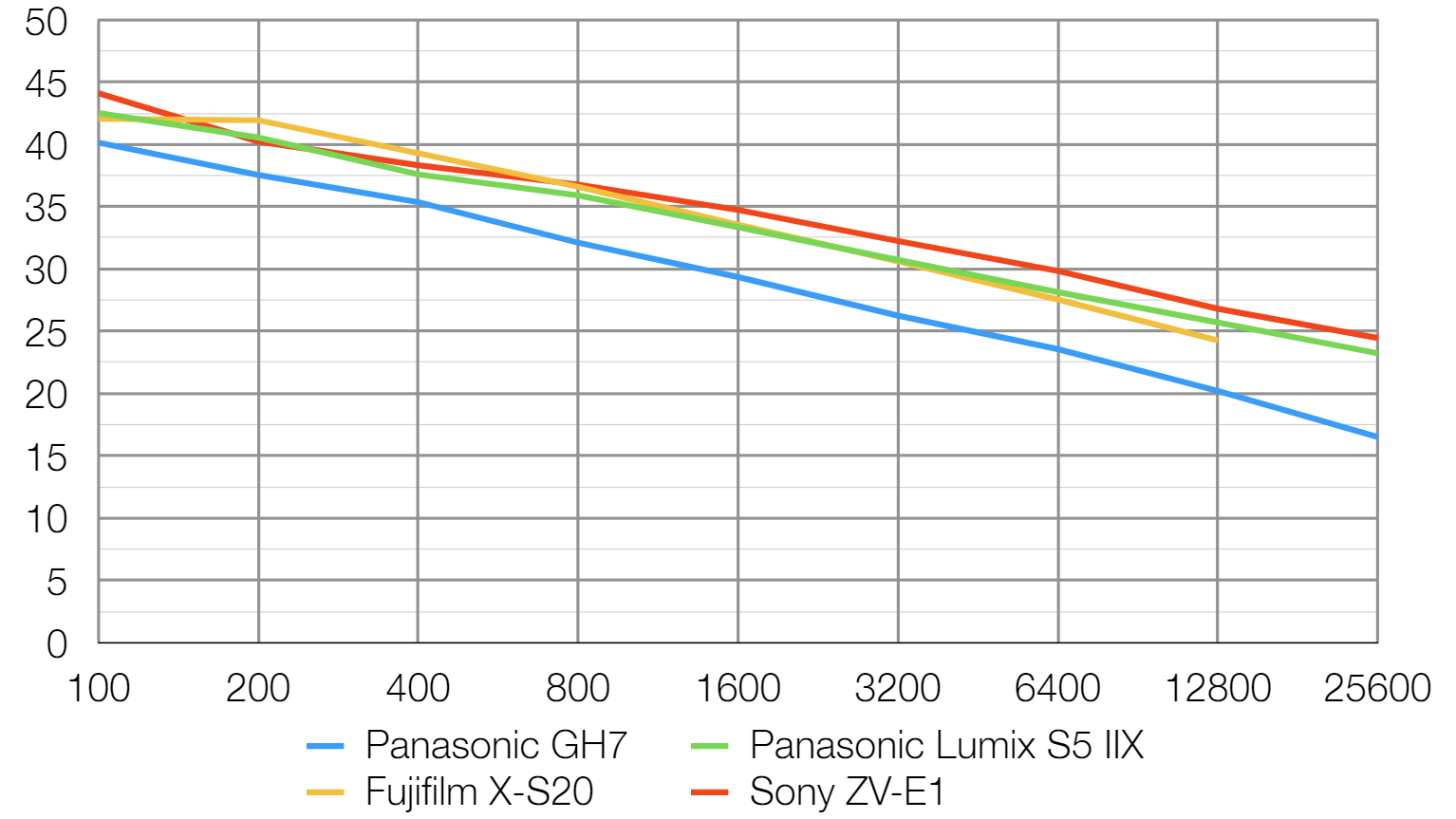
This test compares the amount of random noise generated by the camera at different ISO settings as a proportion of the actual image information (the 'signal'). Higher values are better and we expect to see the signal to ratio fall as the ISO is increased.
As with dynamic range, the GH7's small sensor and fairly high megapixel count has its downsides. It results in very small individual sensor photosites (pixels), which reduces their light sensitivity and makes them more susceptible to generating image noise. Consequently, the GH7's images are noisier than those from all three rival cameras, with the gap opening even more at higher ISOs.
Panasonic Lumix GH7: Verdict
The Panasonic Lumix GH7 offers significant improvements over its predecessor, but one tops the billing – with the GH7 finally getting the latest phase detect autofocus improvements to keep up with the ever-increasing competition in video.
Its improved sensor and processor combine to offer some of the most advanced video capabilities in any camera of this nature. While some users might be put off by the micro four-thirds sensor size, it doesn’t hold the GH7 back, with outstanding image quality, and incredible dynamic range, especially when you take full advantage of advanced modes like VLog and ProRes RAW. With class-leading image stabilization, sticky and reliable autofocus, and unlimited recording make this a formidable powerhouse when it comes to filmmaking.
But it isn't all about video. The GH7 fits the bill as one of the best hybrid cameras on the market, and in my opinion, supplants the Lumix G9 II as Panasonic’s best hybrid MFT model, and would suit anyone who cares equally about capturing photos and videos. Although it does come at a $300 premium and a bit more bulk.
Overall, the Panasonic Lumix GH7 is a well-rounded camera that delivers on its promises of fixing any complaints about the previous model. It is a worthy successor to the GH series and continues the GH brand of offering a blend of high-quality performance, advanced features, and user-friendly design. If you are an independent filmmaker then I don’t think you can do any better than this.
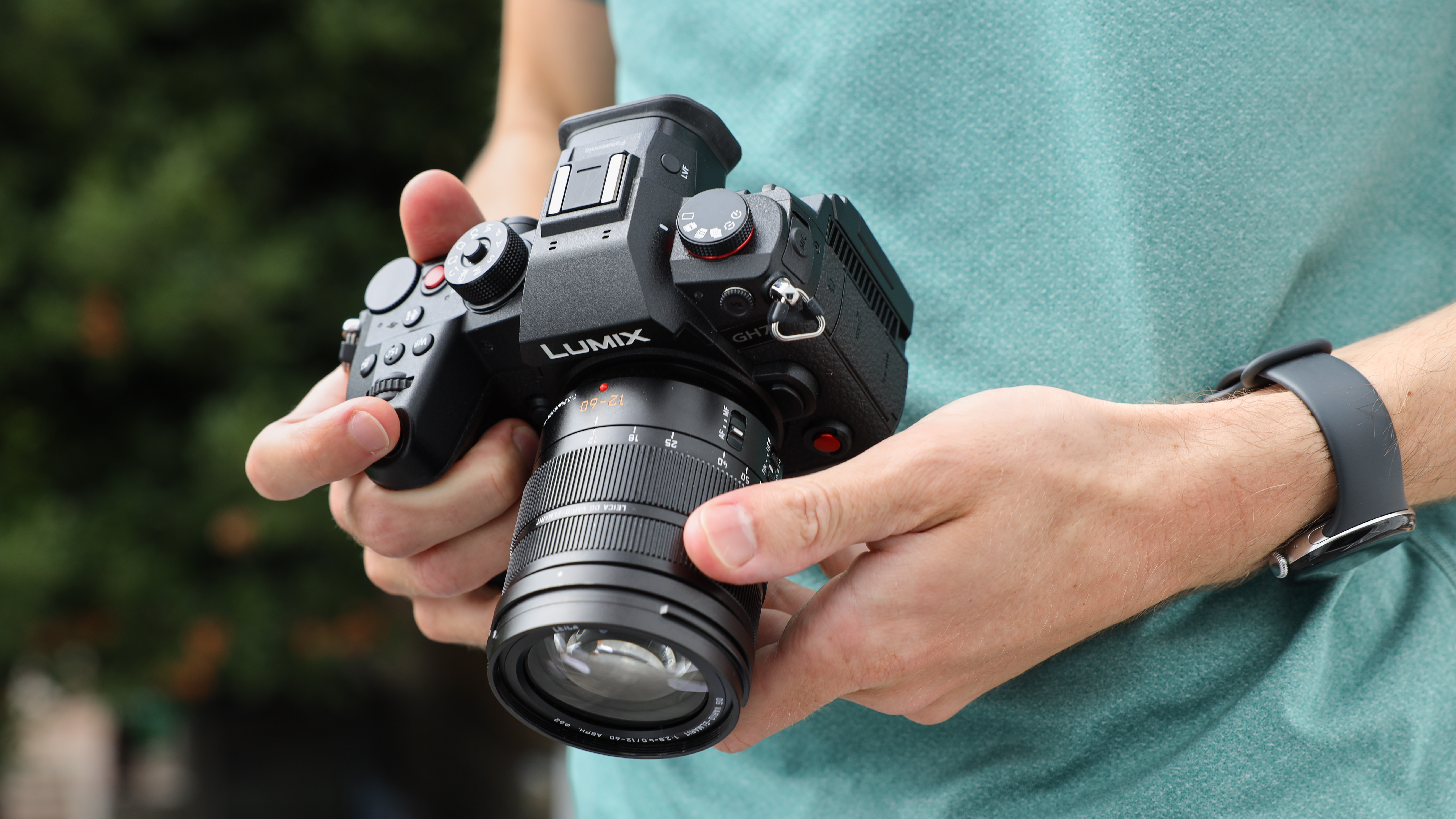
✅ Buy it...
- If you are looking for a video camera with a huge range of video formats.
- If you want a hybrid camera that is equally capable of video as stills.
🚫 Don't buy it...
- If you aren't that interested in video, then the G9 II is a cheaper more stills-focused option.
- You want a larger APS-C (Super35) or full-frame sensor.







